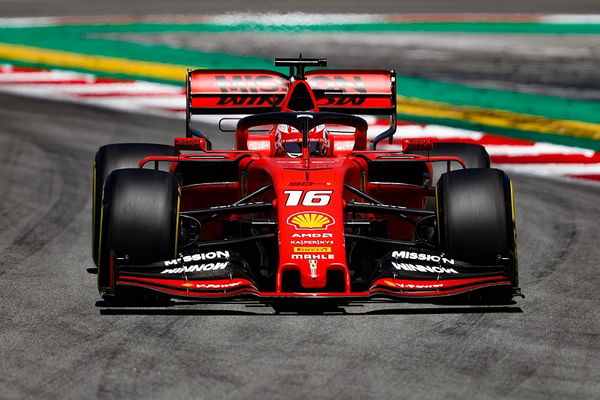

Last night, the FIA announced that they have completed their 2019 Ferrari power unit investigation. Apparently, they reached a ‘settlement’ with Ferrari, though the decision was not made public.
Naturally, this infuriated the remaining 9 F1 teams Formula 1 teams, who were hoping for a stricter punishment. In light of this, they will be thinking about the next step.
The teams were unhappy with such an unsatisfactory and opaque decision. However, they have yet to give an official reaction to the controversial verdict, though some responded anonymously.
ADVERTISEMENT
Article continues below this ad
Their gripe was that the FIA have just brushed the investigation under the carpet. Unfortunately for Ferrari’s rivals, they still have no idea whether the team’s 2019 engine was legal or not.
The motorsport governing body claimed that they conducted a “thorough technical investigation” into the Ferrari engine. Furthermore, they stated that they reached an agreement with the Maranello outfit.
As per the agreement, Ferrari is obliged to aid in improving the monitoring of all Formula 1 power-units in the future. Evidently, the teams wondered how the FIA conducted the investigation and there were more answers than questions.
It also could lead to the teams slowly losing faith in the FIA, if they cannot publish their findings. Ferrari and the FIA were unavailable to comment, which would have not gone down well with Ferrari’s rivals.

ADVERTISEMENT
Article continues below this ad
How did the Ferrari saga begin?
Last season, the Italian marquee suddenly bucked up their pace in the latter half of the season. However, this led to Red Bull and Mercedes being very suspicious of their rivals’ straight-line speed.
ADVERTISEMENT
Article continues below this ad
Things came to a boiling point at the US Grand Prix when the FIA issued a rules clarification. The controversy surrounded the fuel flow system allegedly bypassing the permitted limit of 100kg.
At that time, the FIA ruled that any tinkering with the mandatory fuel-flow meter was against the rules. As it turns out, the sole purpose of the fuel-flow limit is to promote efficiency. In other words, teams cannot increasing the rate of fuel flow through the engine to gain more power.
ADVERTISEMENT
ADVERTISEMENT
ADVERTISEMENT
ADVERTISEMENT

